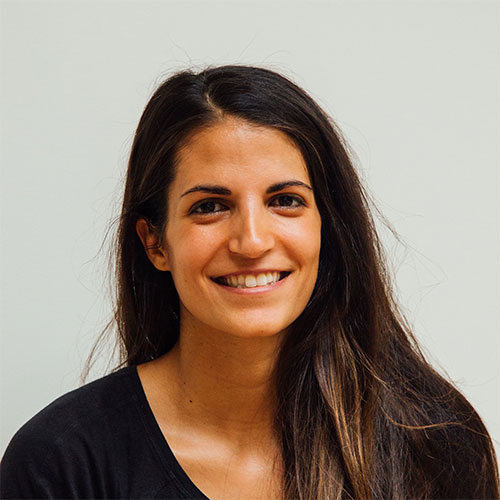History Behind Berlin's Iconic Sights
![]() From the famous Brandenburg Gate to the deep remembrance at the Holocaust Memorial – this is what makes our city special!
From the famous Brandenburg Gate to the deep remembrance at the Holocaust Memorial – this is what makes our city special!
Brandenburger Tor
Survivor of two world wars and embodying a dead zone during the Cold War, this historical sight is undoubtedly THE most famous landmark in all of Germany! Dating back to 1788, when King Friederich Wilhelm II of Prussia ordered the gate as a symbol of peace, it was one of 17 gates that provided access to Berlin at the time. Architect Carl Gotthard Langhans, in charge of coordinating the project from 1788 to 1791, used the Propylaeum (the entrance to the Acropolis in Athens, Greece) as inspiration for the Gate. The famous statue on the top of the gate is called the Quadriga, where Irene – the Greek goddess who symbolizes peace – guides the chariot with her four horses. After WWII, only one of the heads of one of the horses survived the bombing, which now can be found at the Markisches Museum. Although, before the fall of the Wall, it was viewed as a symbol of divided Germany, the Brandenburg gate now represents a symbol of reunification and freedom.
Siegessäule
The Berlin victory column was designed by architect Heinrich Strack, who was hired to design the column after the Danish-Prussian war in which the Prussians defeated the Danish in 1864. By the time of its completion in 1873, the Prussians had also defeated the French and the Austrians. Due to the second victory, the extravagant “Victoria” statue was added on top of the column. The column’s original location was Königsplatz, but the Nazis moved the column in 1930 to where it stands today. Due to this move, it actually survived the bombings of WWII. However, this move has also stained the reputation of the column, as some connect it to a Nazi symbol. Either way, it is worth a visit and walk to, or from the Brandenburg Gate.
![]()
East Side Gallery
With 1,316 meters in length, this gallery is the longest open-air gallery that exists worldwide. The gallery, consisting of the Berlin Wall that separated west and east, is now made up of various artworks, which artists put on the wall after it fell- redefining this gruesome border. It not only acts as a memorial for the people trying to escape eastern Germany, but it also portrays a sign of freedom. The famous drawings on the Wall vary from Honecker and Breschnew kissing, to a Trabant (east german car) bursting through the wall.
Berliner Dom
One of the largest Protestant churches in Berlin is located on Museum Island. The Berliner Dom has origins back to 1465 when the catholic St. Emanuel’s Chapel was named a collegiate church, which translates to “Domkirche”. In 1750, the church was completely rebuilt. Later, In 1892, the Dom was completely refurbished showing more and more resemblance to the Dom which can be seen today. However, after WWII, the Dom suffered significant damage which was only temporarily fixed. Thorough renovations started in 1975, due to funding from the German Government it finished 27 years later in 2002.
Jewish Memorial
The 19,000 m² (200,000 ft²) area covered with 2,7000 thousand concrete slabs so-called „stelae“ is known as the Memorial to the Murdered Jews of Europe or the Holocaust Memorial. It was opened in 2005 and designed by architect Peter Eisenman, dedicated to the more than six million Jews who were murdered in WWII, the genocide known as the Holocaust. The idea of corroborating the victims of the holocaust in Berlin only appeared in the late 1980s. However, although government funding was quickly available, it took another 10 years of political debate to agree on the design of the project.
Next Post
By
Cilia Trendelenburg
Hi there! I'm Cilia, and I am the newest intern at IRC. I like to share my passion for Berlin and all its many different aspects and secrets to help you to get know your new city!

Let's speak
